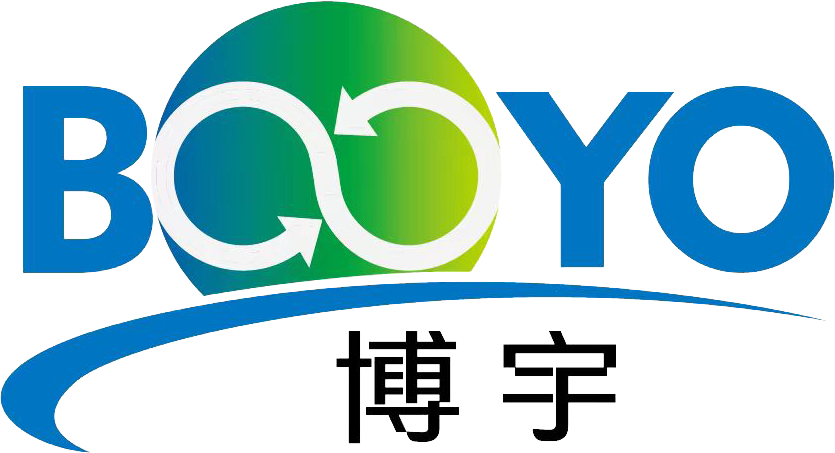
Our News
Find out about our latest news here.
Latest News
- ▶ Large-Scale Spiral Plate Heat Exchanger – 450㎡ Heat Exchange Area, 4m Diameter High-Efficiency Heat Transfer Solution
- ▶ Rich Oil Heater (Oil Rich in Aromatic Hydrocarbons)
- ▶ Power Plant Boiler Heat Recovery System Price Overview
- ▶ The Relationship Between U-Tube and Shell-and-Tube Heat Exchangers
- ▶ U-Tube Heat Exchanger: An Efficient Heat Transfer Solution
- ▶ Differences Between Vertical and Horizontal Spiral Plate Recommended Guide 1
Message
1. What Are Risers and Downcomers in Boilers?
In boiler systems, Risers and Downcomers are essential components of the water circulation system. They primarily transport water and steam within the boiler, ensuring efficient heat transfer and safe operation.
Risers transport the steam-water mixture generated in the heated areas to the steam drum.
Downcomers return the water from the steam drum to the heated areas, forming a continuous circulation loop.
They play a crucial role in both natural circulation and forced circulation boilers, optimizing the heat exchange process and enhancing boiler efficiency.
2. Working Principle of Risers
(1) Function
The primary function of risers is to transport the steam-water mixture from the heated surfaces to the steam drum, promoting water evaporation and improving heat exchange efficiency.
(2) Location
Typically positioned in heated areas such as the water walls and evaporators.
Since heated water has a lower density, the steam-water mixture naturally rises to the steam drum.
(3) Characteristics
Carries steam-water mixture.
Exposed to high heat, aiding water evaporation.
Connects heated surfaces to the steam drum.
3. Working Principle of Downcomers
(1) Function
The primary function of downcomers is to return water from the steam drum to the lower-temperature regions of the boiler, such as the lower section of the water walls or evaporators, forming a circulation loop.
(2) Location
Usually positioned along the boiler's outer wall or away from high-temperature zones to minimize water evaporation.
Due to the higher density of water, it flows downward naturally under gravity.
(3) Characteristics
Carries liquid water, avoiding premature evaporation.
Connects the steam drum to the lower-temperature heated surfaces.
Relies on gravity for circulation.
4. Natural Circulation vs. Forced Circulation
Boiler water circulation can be classified into natural circulation and forced circulation.
(1) Natural Circulation Boilers
Relies on density differences to drive circulation, requiring no external pumps.
Commonly used in medium and small industrial boilers, coal-fired boilers, etc.
Requires proper riser and downcomer layout to ensure stable flow.
(2) Forced Circulation Boilers
Utilizes circulating pumps to accelerate water flow, enhancing heat exchange efficiency.
Common in high-pressure boilers, supercritical boilers, and CFB boilers.
Riser and downcomer arrangements are optimized to reduce resistance and heat loss.
5. Optimization of Riser and Downcomer Design
To enhance boiler efficiency, the design of risers and downcomers should consider the following factors:
Pipe Diameter Optimization: Ensure sufficient flow area to prevent excessive resistance.
Proper Layout: Avoid uneven water-steam separation to maintain stable circulation.
Material Selection: Use high-temperature and corrosion-resistant materials for longevity.
Minimizing Heat Loss: Implement appropriate insulation to improve energy efficiency.
6. Conclusion
Risers and Downcomers play a vital role in the water circulation system of boilers. Their proper design and optimization can enhance boiler efficiency, reduce energy consumption, and ensure safe operation. Whether in natural circulation boilers or forced circulation boilers, the correct arrangement of risers and downcomers is key to improving boiler performance.
If you need more information on boiler water circulation optimization or boiler equipment selection, feel free to contact us for professional advice!
PROFESSIONAL CONSULTATION
If you are interested in our products and want to know more details, please leave a message here, we will reply you as soon as we can.